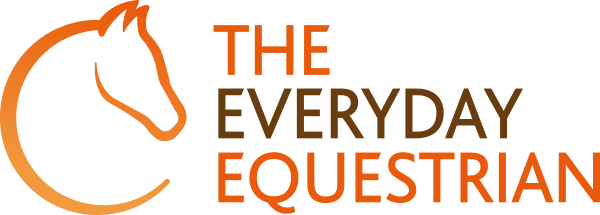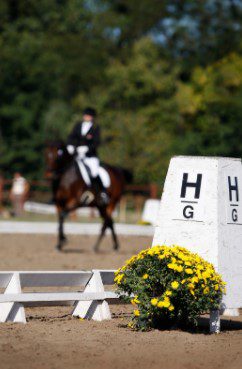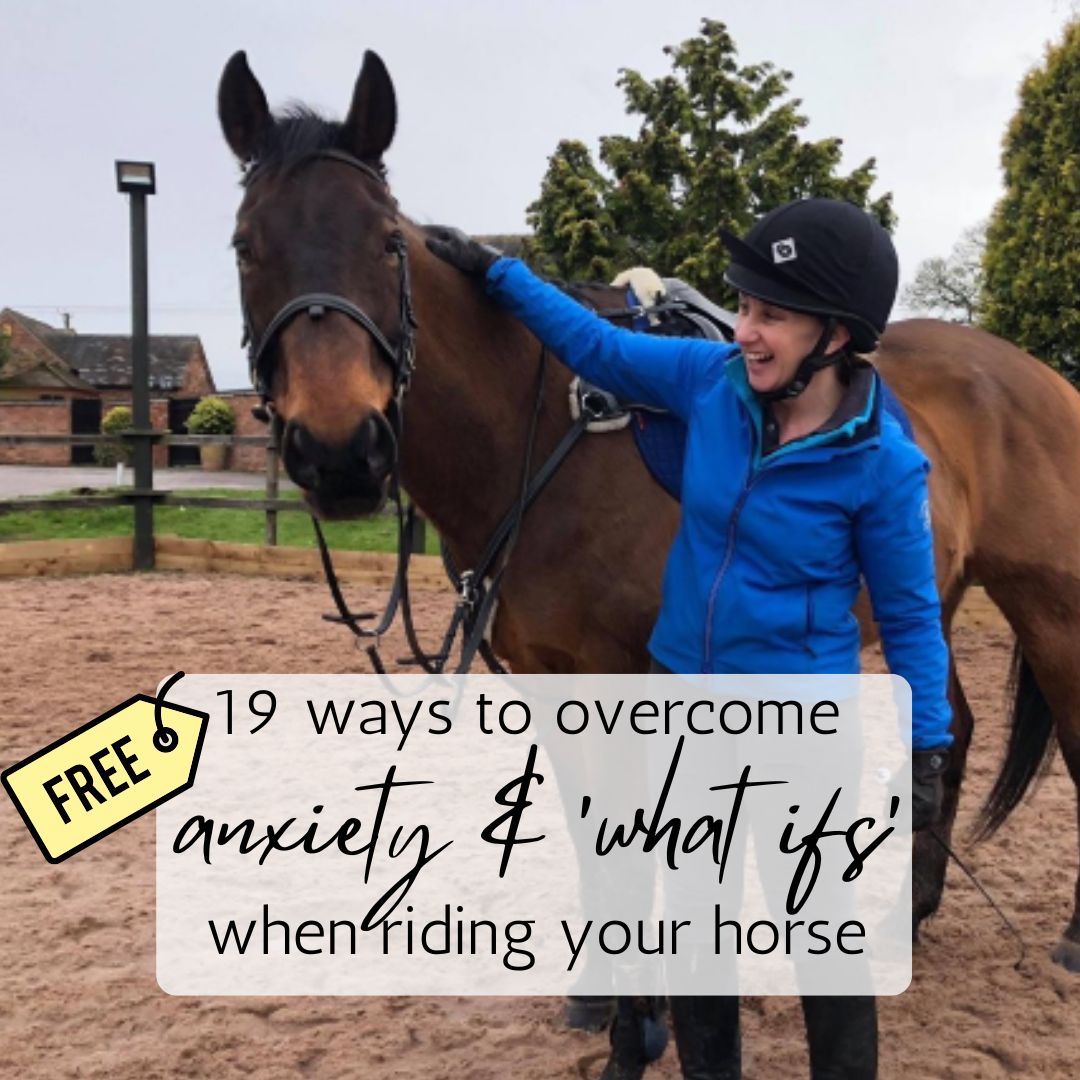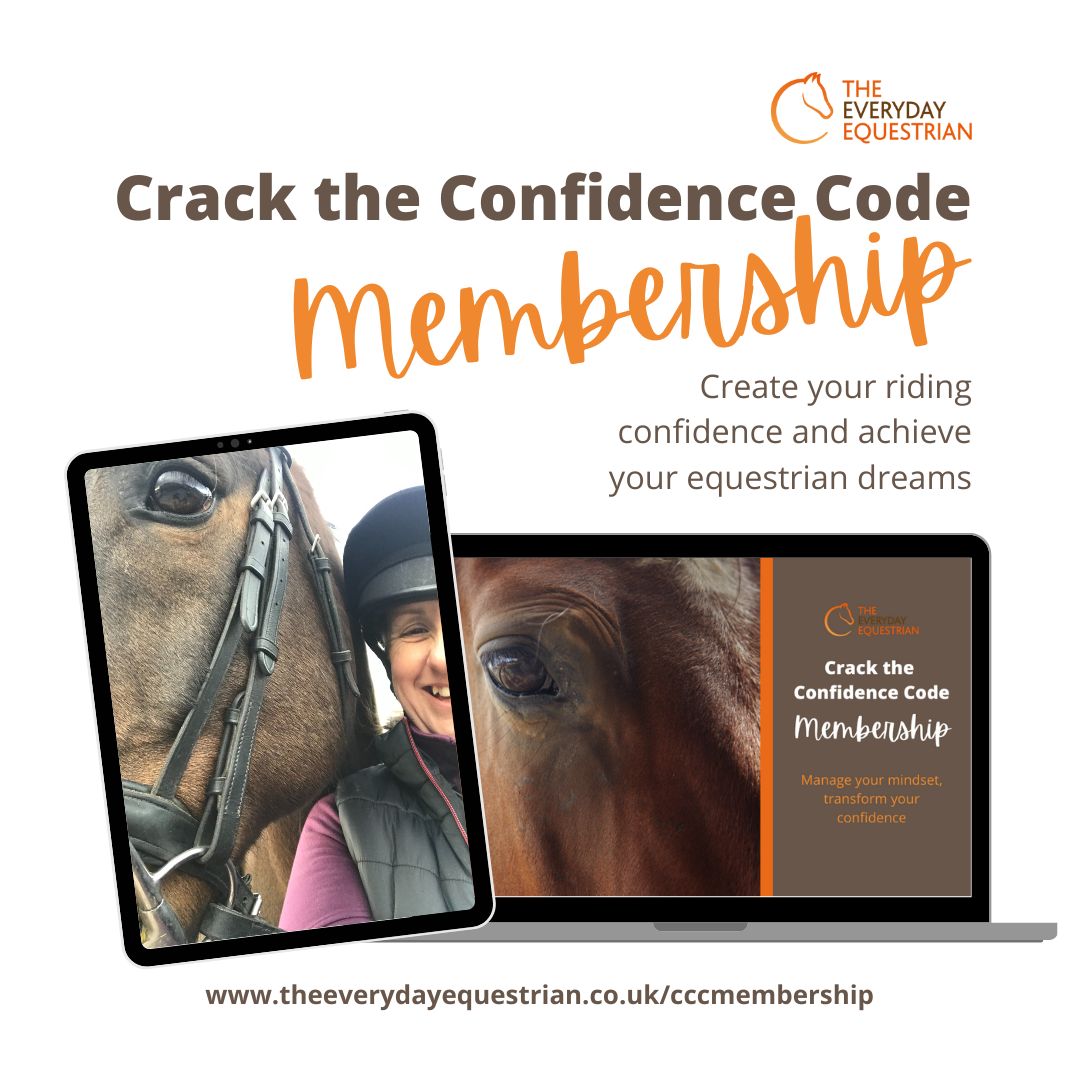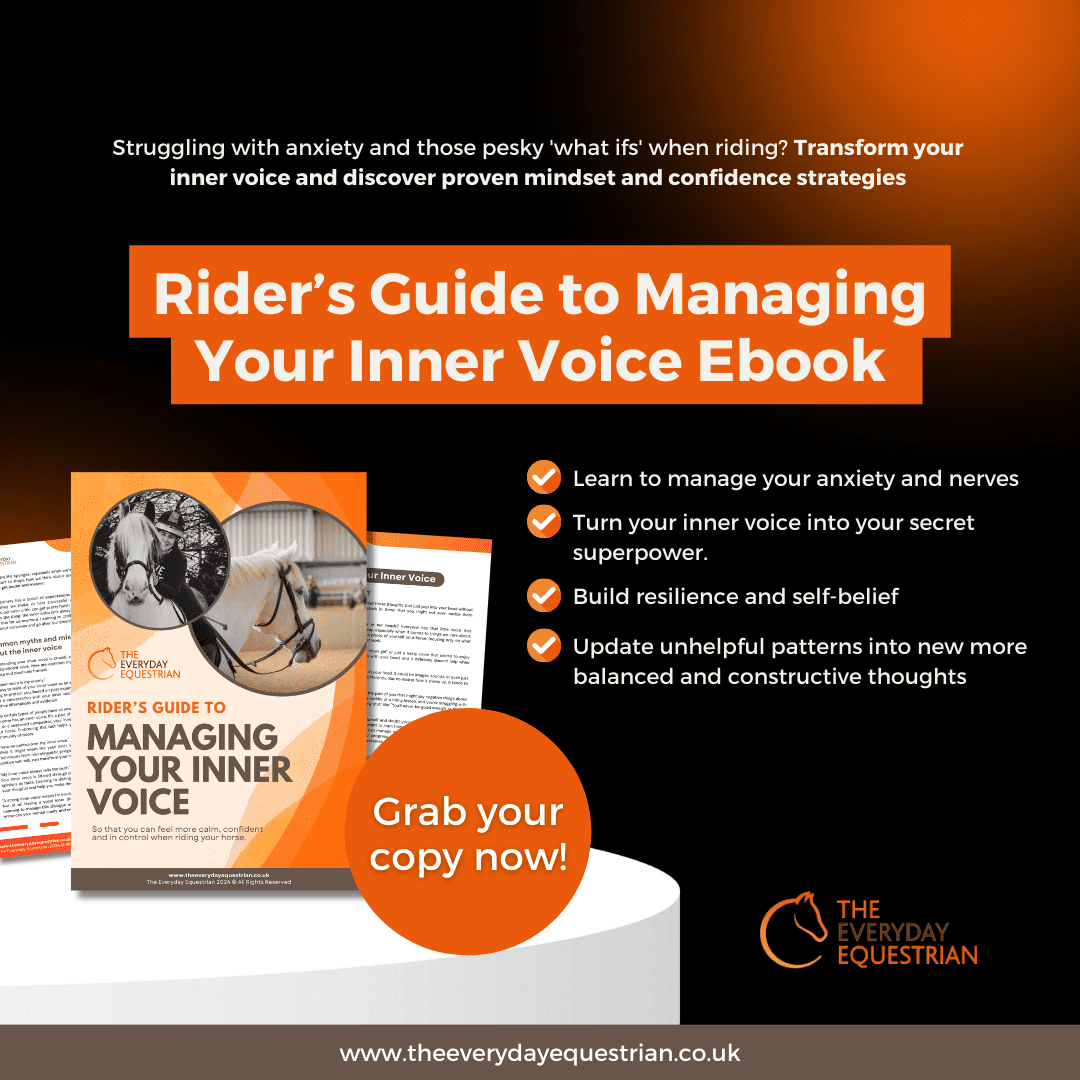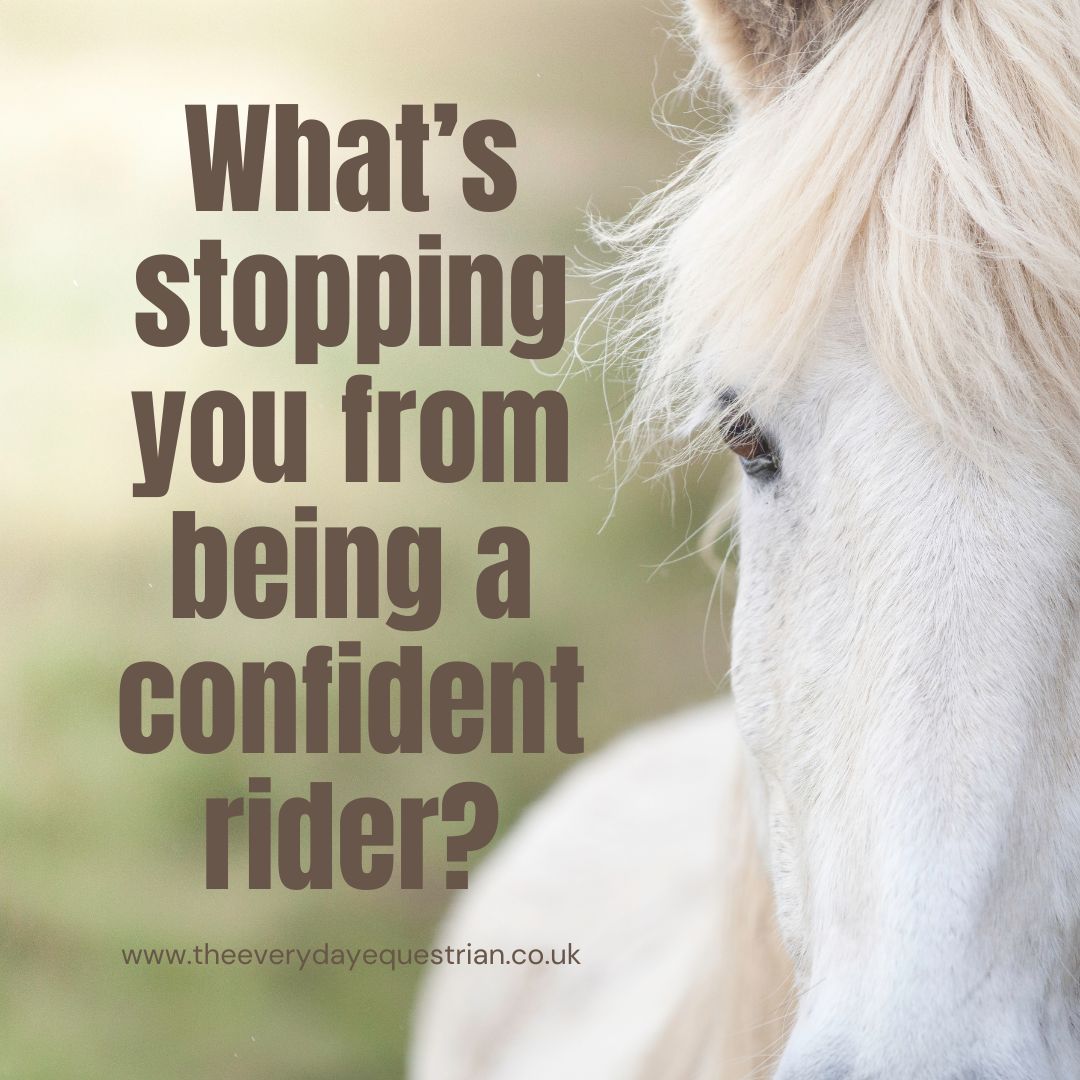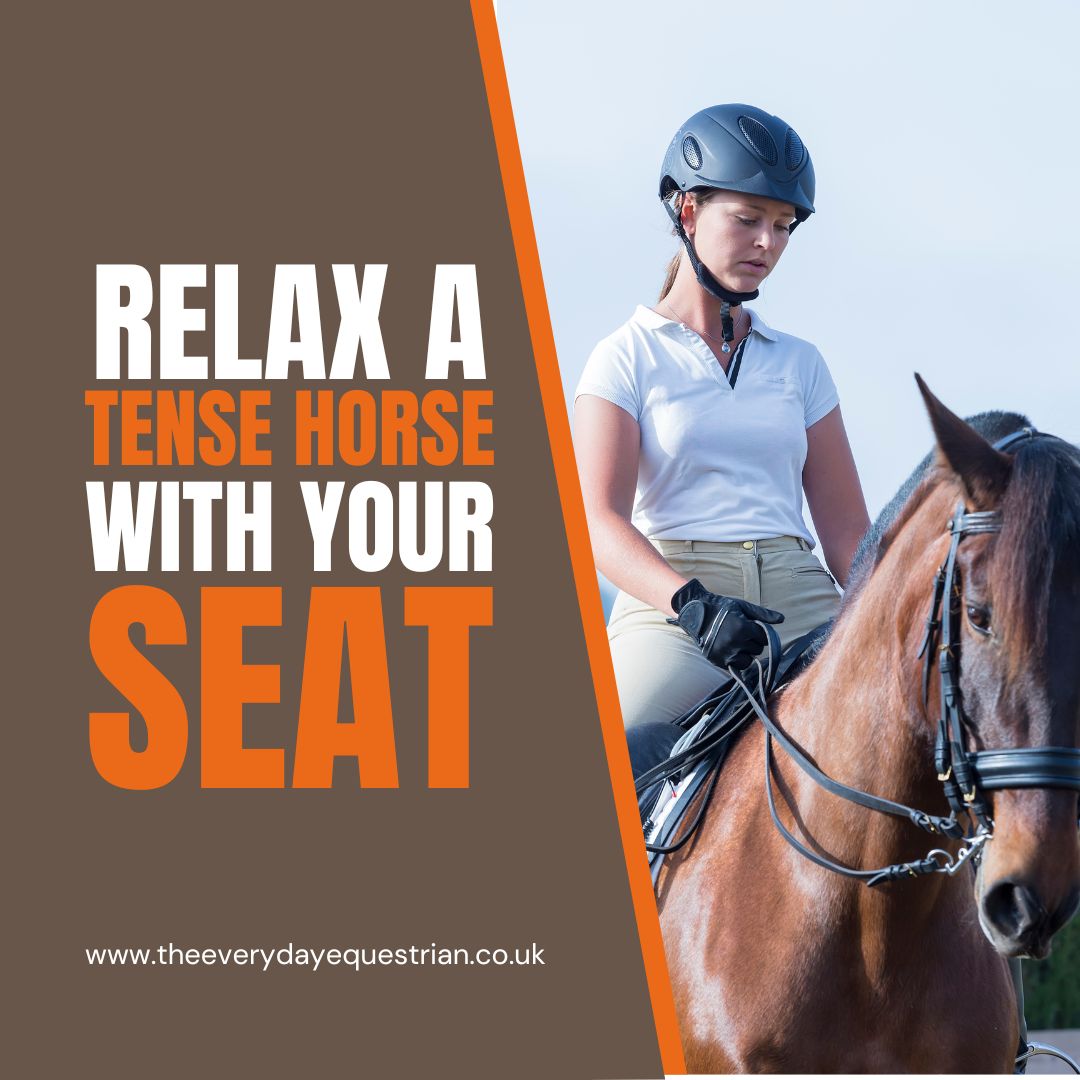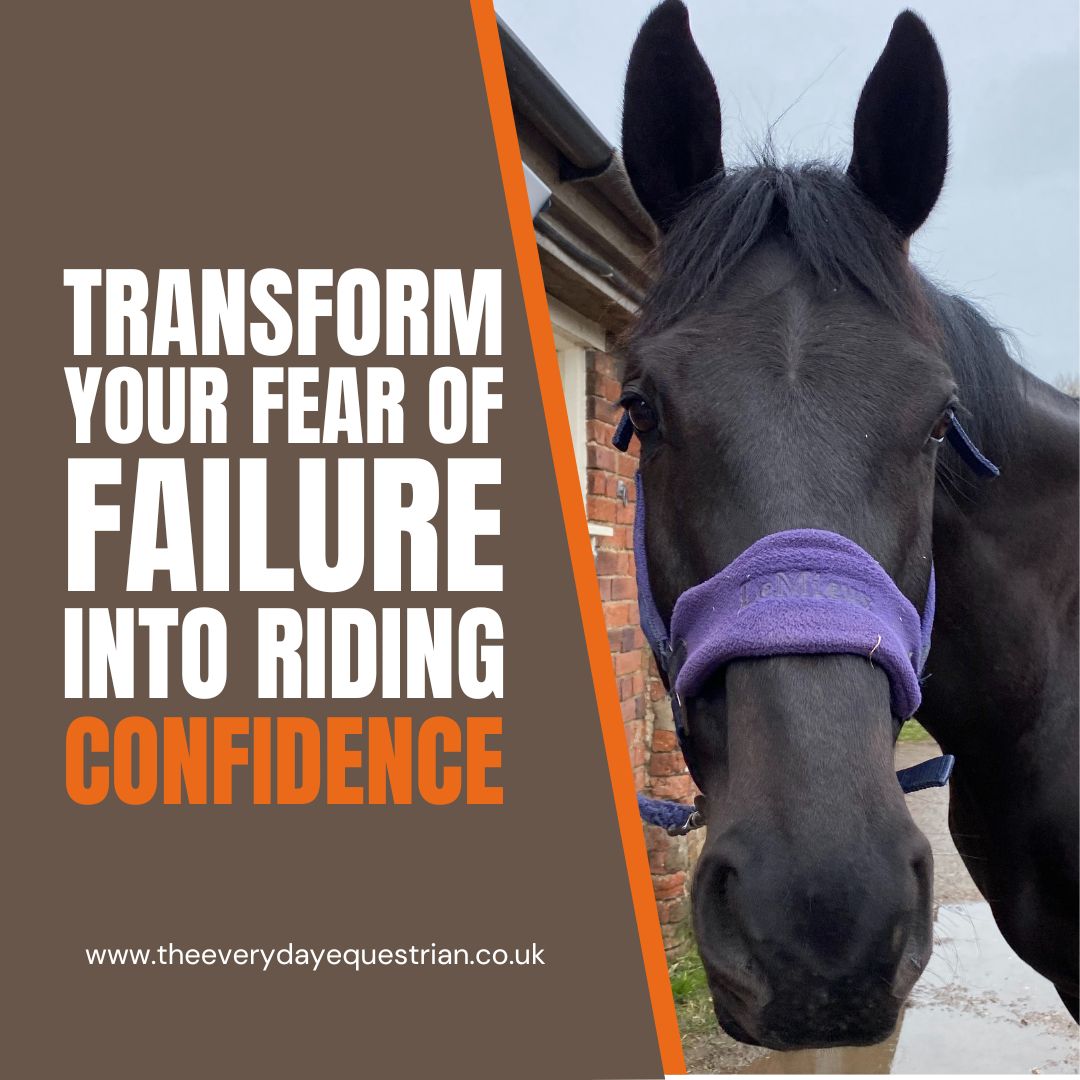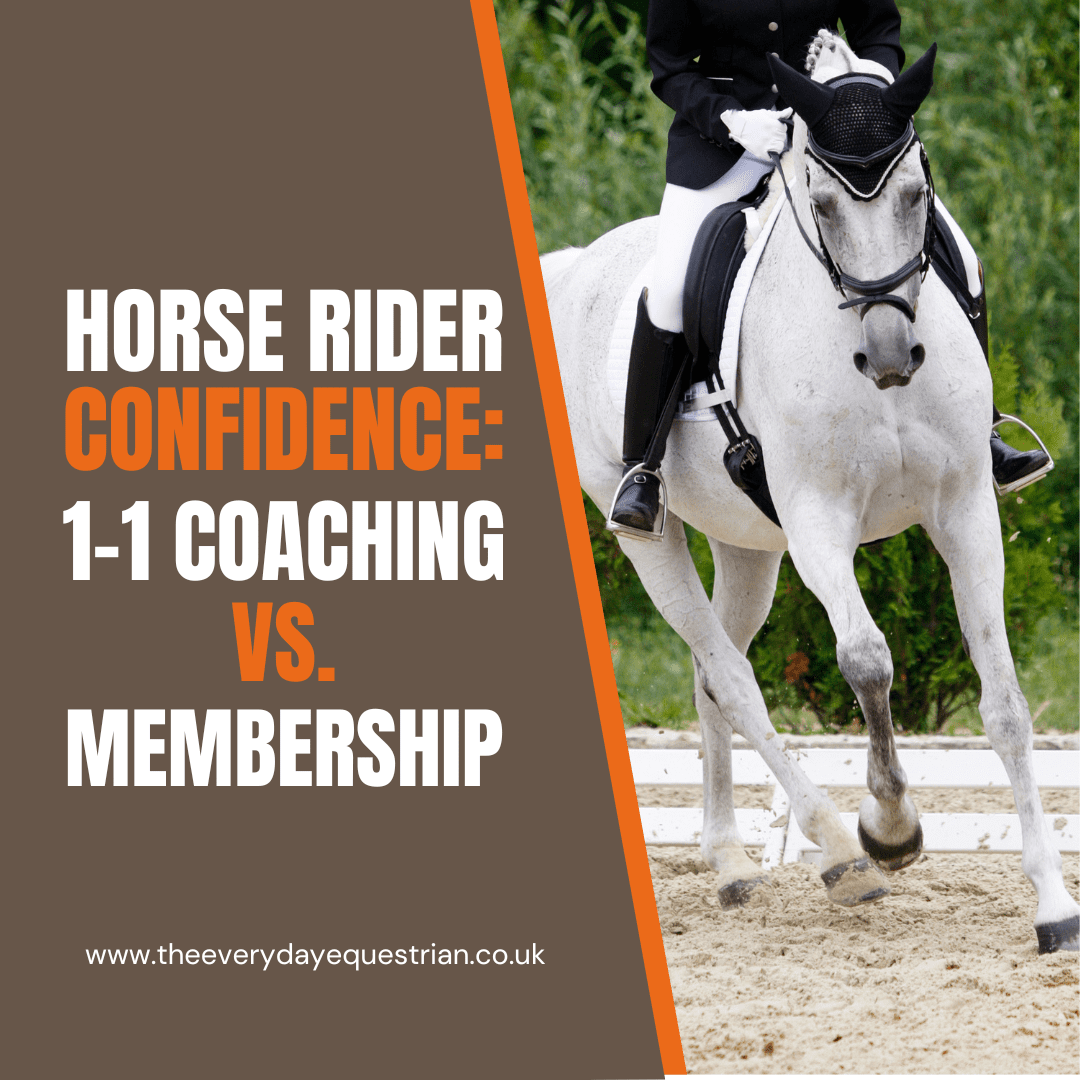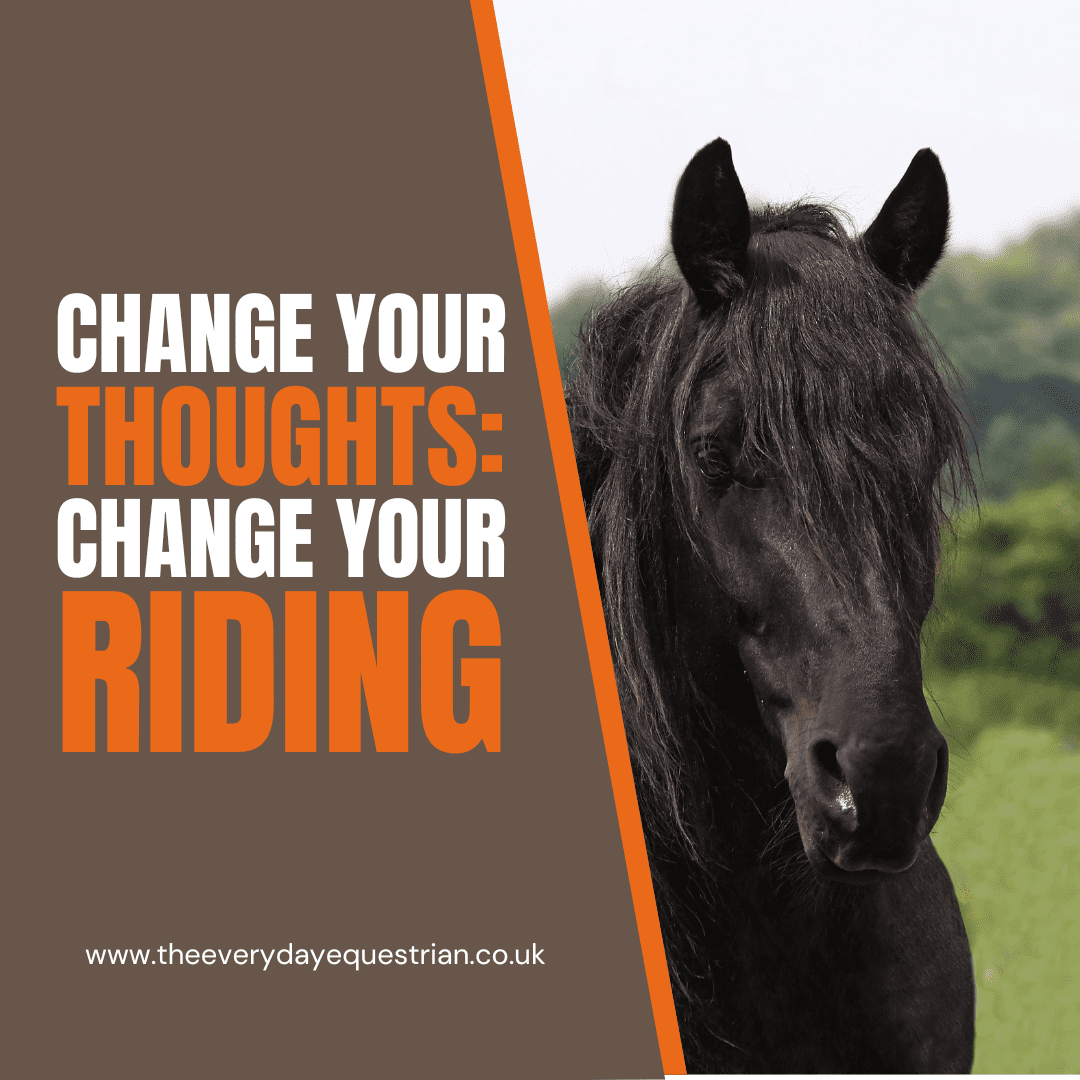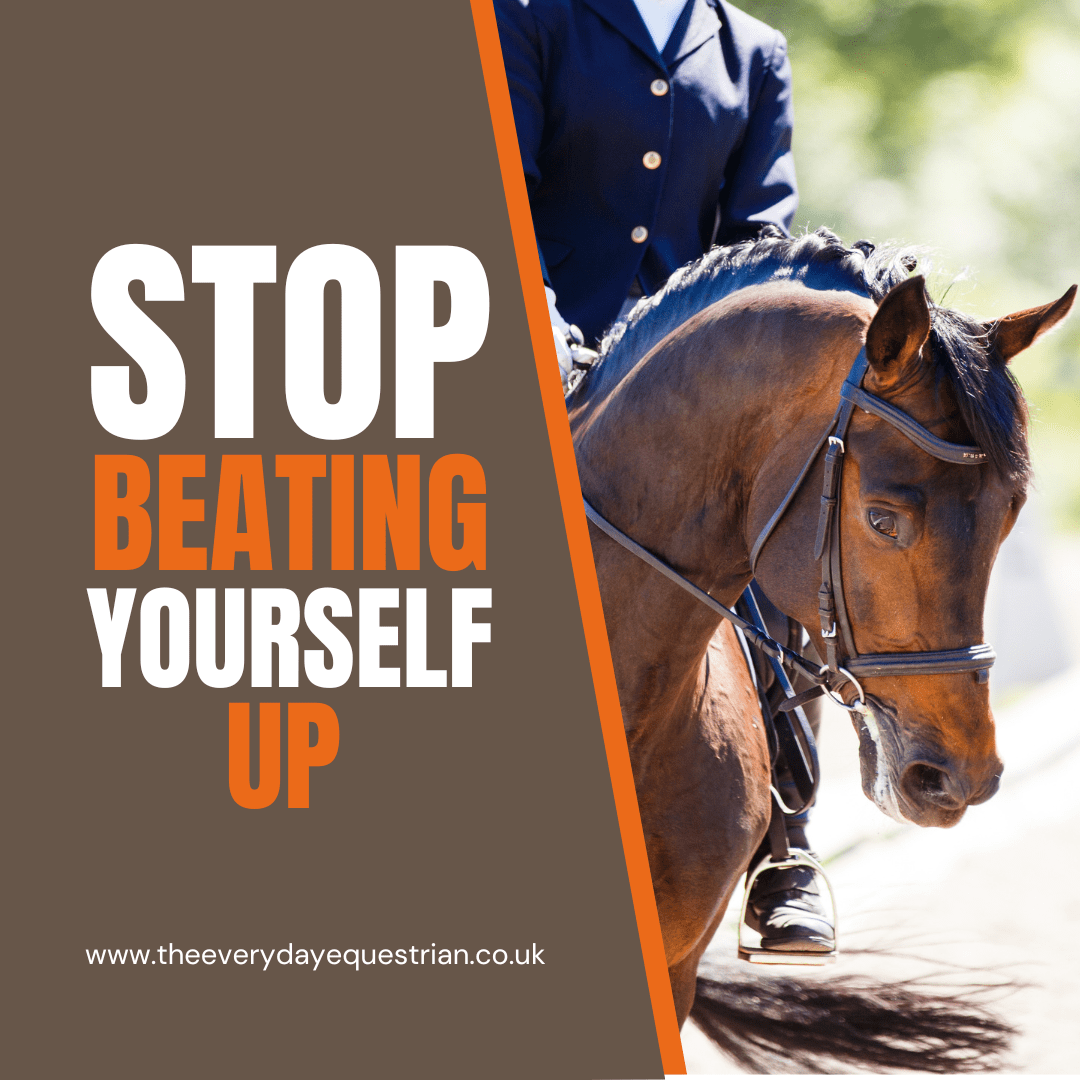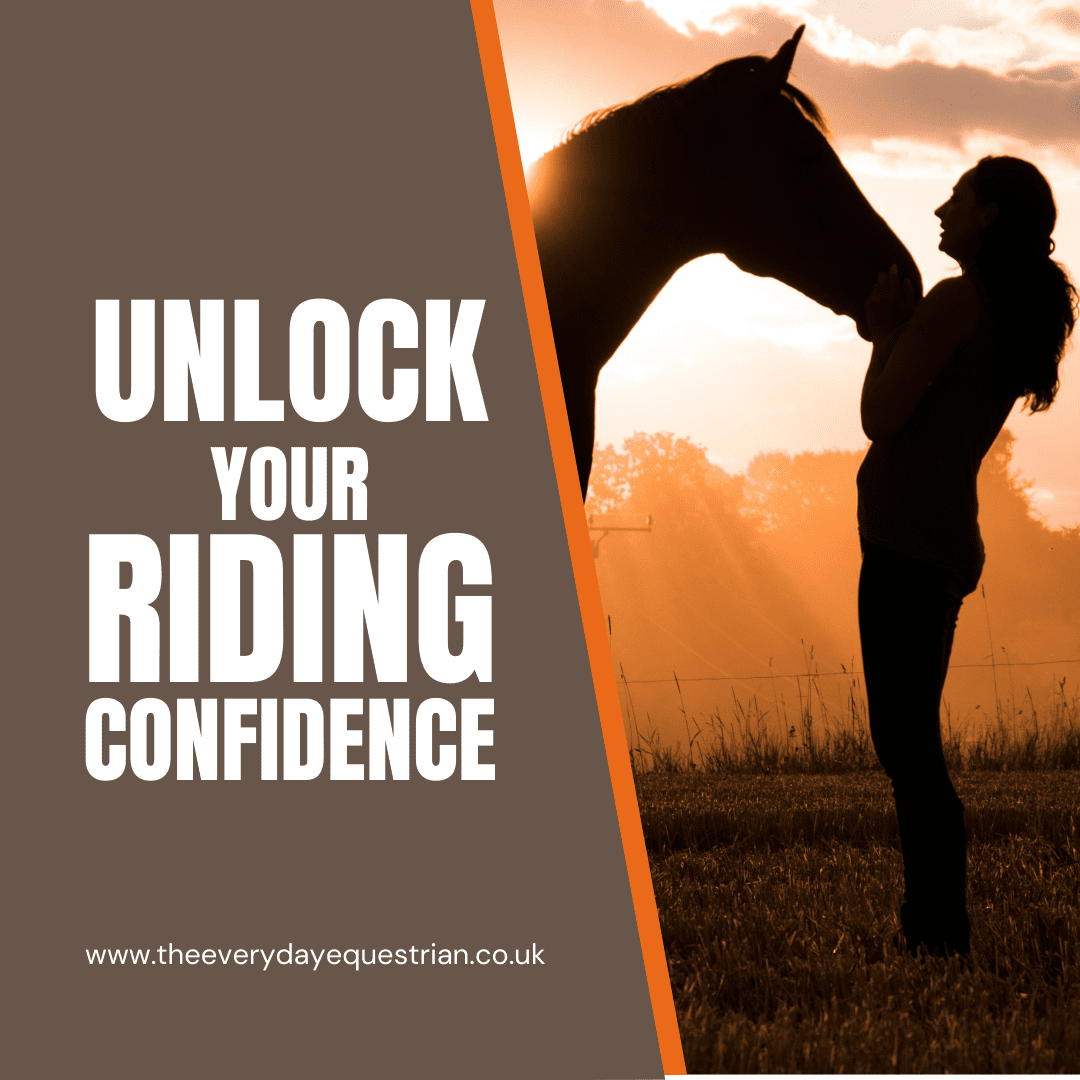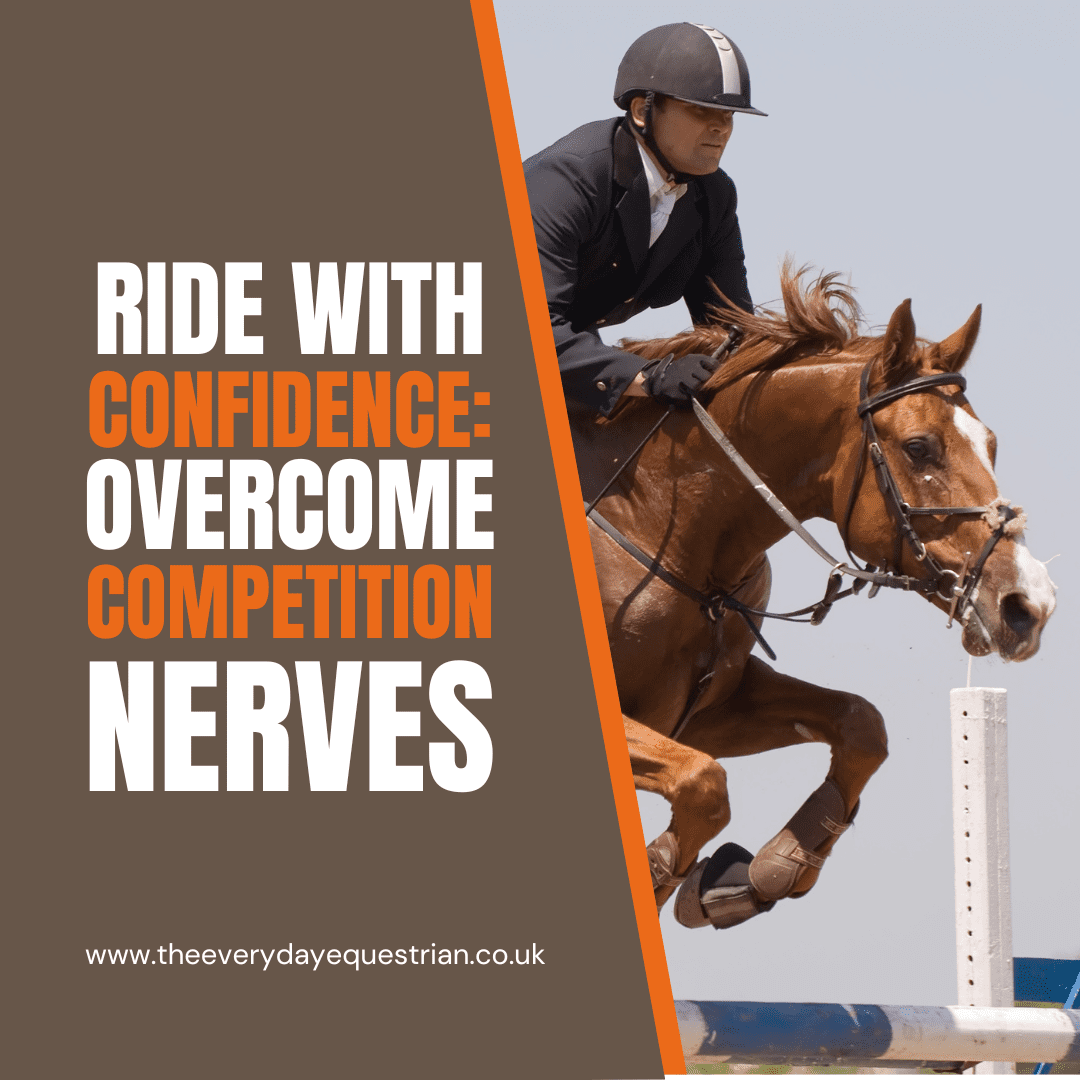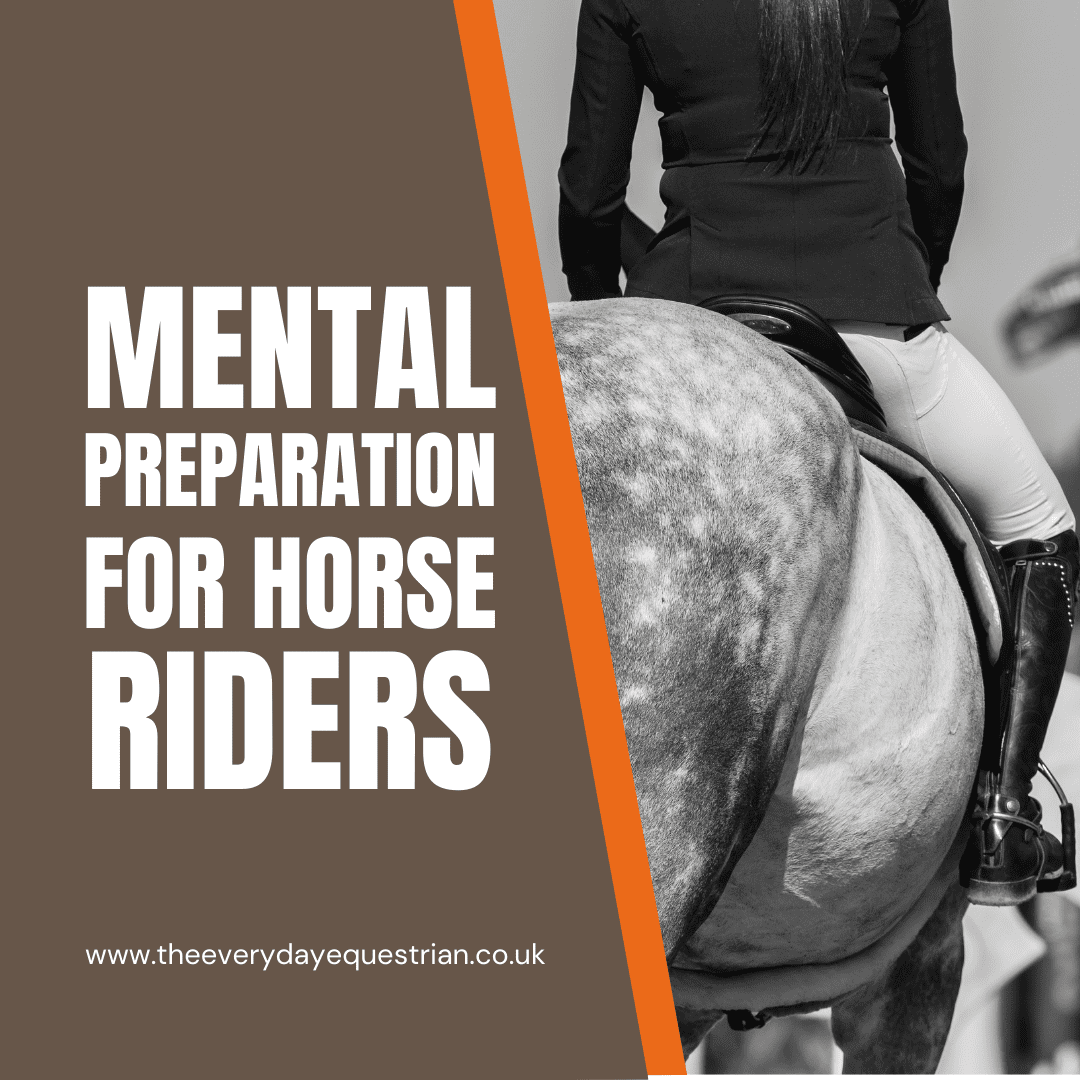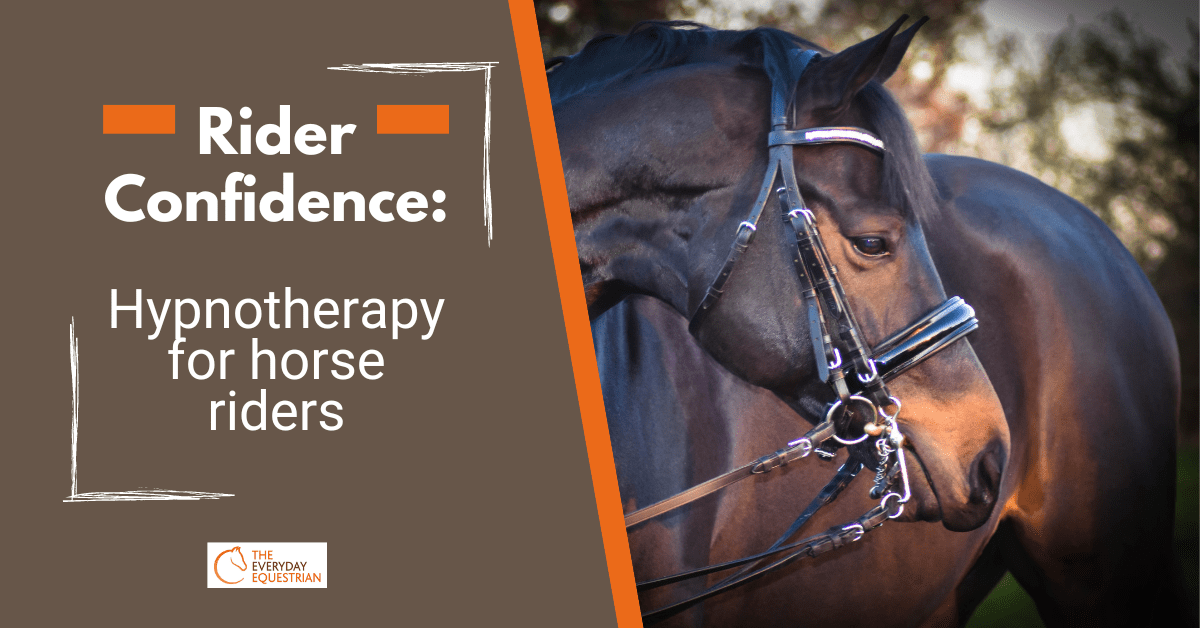Preparing for a dressage test can be tricky, particularly if you are having trouble remembering your test. This is a very common issue and I can assure you that you are not on your own with this scenario. Many riders find it very difficult to remember their tests, after all, there are only so many hours in the day you can physically ride and practice your test on horseback right?
So, what else can I do to help me remember my test?
Check out these great tips below! Most of them you do not even need to be in the saddle for!
Prepare in advance
Preparation is everything when getting ready to do a dressage test. It can be the difference between riding a really good test on the day and coming up short on marks. Always ensure you know which test(s) you are riding and get an up to date copy of the test required. Check the name/number and year of the test you’re required to ride (these should all be available on the competition schedule). The earlier you do this the more time you have to practise.
Blank Arena Plan
Getting together a blank arena plan can be a great idea, especially if you are a very visual person. Print out or draw your own dressage arena, making sure your arena plan has the letters in all the right places and use this as a visual guide to master the route you must take as per the test instructions.
Learn the arena letters
Many riders miss this out! It’s amazing how many riders do not know off by heart which letter is where in the arena, even though they ride past these most days. Get yourself familiar with where the arena letters are so that you can concentrate on the movements required rather than looking where the next letter might be.
Visualisation
Visualisation is one of the best ways to learn a dressage test. Every rider learns differently, but visualising the test as patterns on the arena floor can be one of the easiest ways to learn a new test.
- Close your eyes and imagine yourself actually riding through each movement of the test in real-time
- Imagine yourself riding at the venue you plan to attend (or at home if you’re competing online)
- You could even make the arena really scary, with flowers, banners and a cheering crowd, then visualise yourself riding through the most perfect, magical test!
There are three rules about visualisation…
(a) you should visualise exactly what you want to happen, rather than what you don’t want to happen
(b) practice your visualisation as many times a day as you can (where it’s safe to do so)
(c) visualise the event happening in real-time and in as much detail as you can possibly create
Draw each movement out
From a visual point of view again, Creating a sequence of blank dressage arenas, and physically drawing each movement step-by-step can be really helpful for some riders. It helps break down each move of the test into smaller, manageable pieces. You can even try using different colours for different paces.
Laminated dressage sheets
For those that maybe don’t have the time or patience to draw out each individual move themselves, you can easily buy these pre-made online. Anyone can purchase pre-printed laminated sheets from British Dressage Online Shop, which breaks down each movement and show them in separate diagrams. Laminated sheets are also super helpful if you are trying to practise in the rain and will not get ruined quite so easily.
Talk yourself through the test
There’s no doubt about it, dressage can end up being a whole ton of jargon and words that you would not use yourself in everyday life. Talk the test through yourself out loud, using your own language and simplify everything. This will make learning the test so much easier to remember.
Create an audio recording
Use your mobile to record yourself talking through the dressage test, in real-time. You can then listen back to the audio whenever you like, even closing your eyes and listening to it alongside visualisation (just not when you’re driving or operating heavy machinery!!)
Ride through the test on foot
Don’t be afraid to ride the test on foot before getting on your horse. You can do this in your home or at the yard. By physically walking, trotting and cantering your way through the test on your own two feet can be a really effective way to learn the test. This is also a great way to get some extra practice in between riding sessions.
Dressage Test Pro
Equestrian apps are becoming much more popular these days and many riders are using them as tools to learn and progress their riding. One of the most popular at the moment is Dressage Test Pro. I highly recommend downloading this amazing app which has free and paid versions, where you can learn each test and movement step-by-step.
YouTube
YouTube has a ton of dressage videos that can be highly beneficial for riders learning a new test. Watch high-scoring tests on YouTube, but make sure the test being ridden is the right one and the right year. There are many variations of tests available and the year the test was produced will also make a difference.
Practising the test on your horse
Practising your test on your horse is a pretty important one and you must be able to get as much preparation in as possible before the big day. Although a certain amount of practice is important, do not keep practising the whole test over and over. This will only make your horse anticipate and/or get bored easily! Pick out specific sequences of 2-3 movements from the test and focus on those during each schooling session.
Remember…..
A dressage test is designed to be evidence of your horse’s level of training, not just a means to an end in itself. Focus on developing your horse’s way of going overall, and include elements of different dressage tests at the level you are aiming to compete at. This will mean that you will be able to show off your horse’s level of skill, training and confidence when you do go out and compete!
